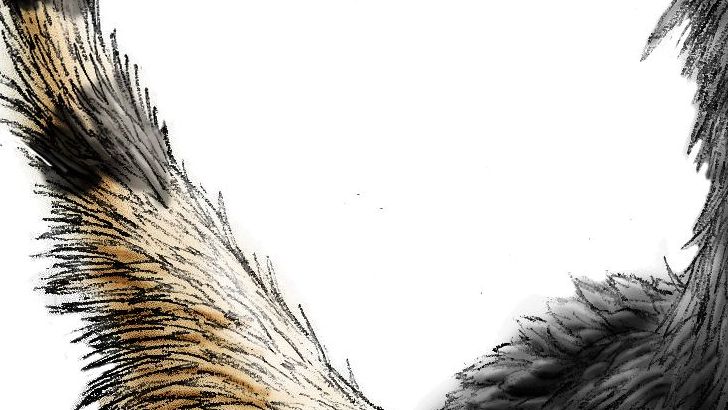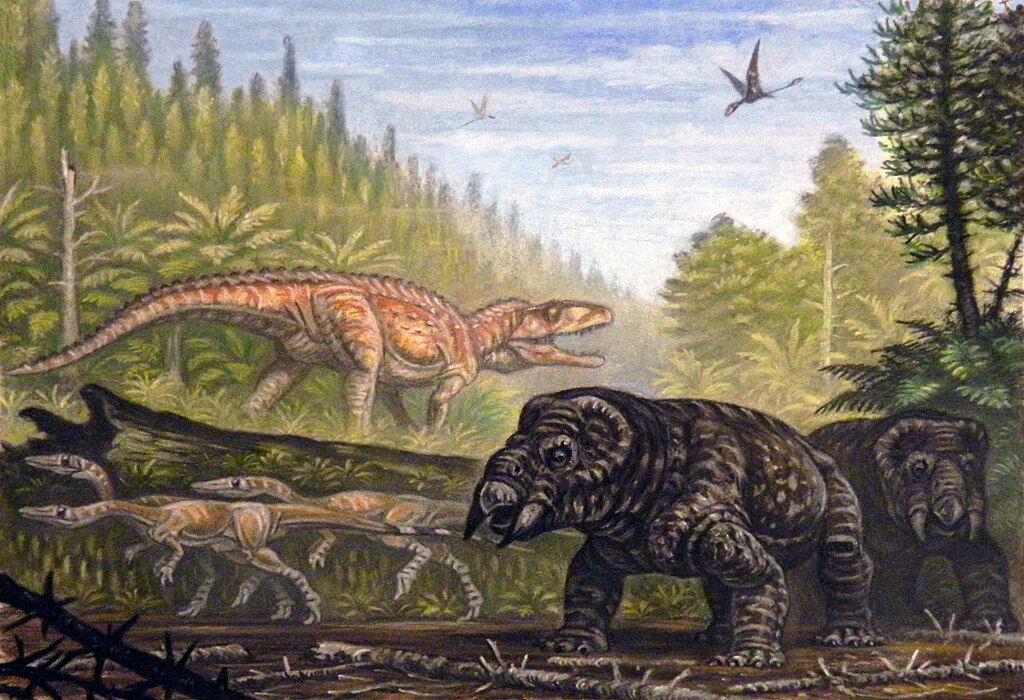Think you know from watching Jurassic Park? Think again. These fascinating creatures were nothing like their Hollywood portrayal, yet in many ways, they were far more remarkable than any movie monster could ever be. The real Velociraptor was roughly the size of a turkey, covered in feathers, and possessed intelligence that would make your pet parrot jealous.
From their razor-sharp sickle claws to their surprisingly keen hunting instincts, lived in the harsh deserts of ancient Mongolia about seventy-five million years ago. They weren’t the pack-hunting giants terrorizing theme parks. Instead, they were swift, feathered predators that bridged the gap between dinosaurs and modern birds in ways scientists are still discovering today. Ready to uncover the truth behind one of paleontology’s most misunderstood stars?
They Were Actually Turkey-Sized, Not Human-Sized Giants
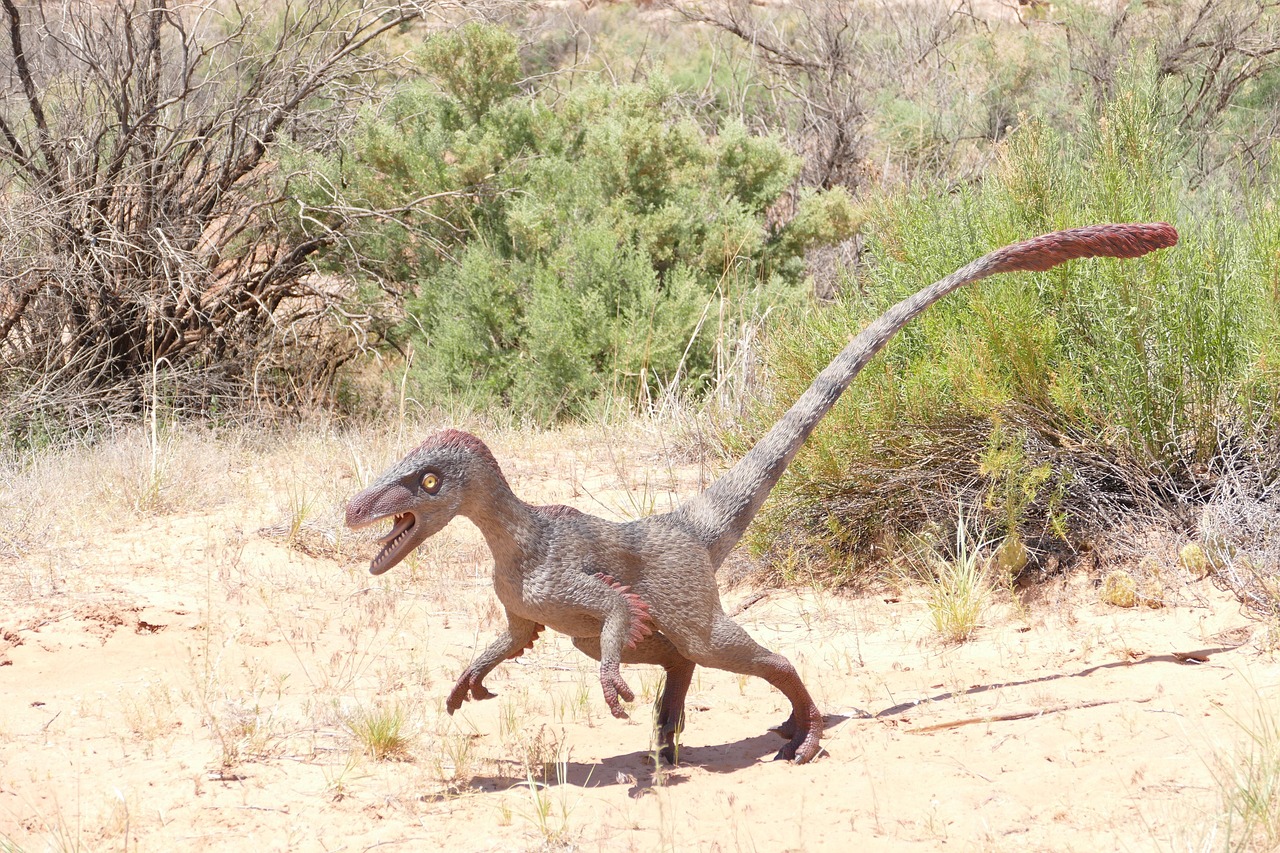
Velociraptor was about 1.5–2.07 m (4.9–6.8 ft) long with a body mass around 14.1–19.7 kg (31–43 lb), making them surprisingly compact compared to their cinematic counterparts. Weighing up to 100 pounds – about the size of a wolf – likely hunted solo as they roamed across central and eastern Asia in the late Cretaceous period. Standing only waist-high to an adult human, these dinosaurs were built for speed and agility rather than intimidating size.
In reality, however, Velociraptor was roughly the size of a turkey, considerably smaller than the approximately 2 m (6.6 ft) tall and 90 kg (200 lb) reptiles seen in the novels and films. Like Tyrannosaurus rex, Velociraptor had a prominent role in the “Jurassic Park” movies, but scientists do not believe it resembled anything close to its Hollywood depiction in terms of size or appearance. In fact, the movies’ Velociraptor was actually modeled after Deinonychus, and sported a similar size and snout.
They Were Covered in Feathers, Not Scaly Skin
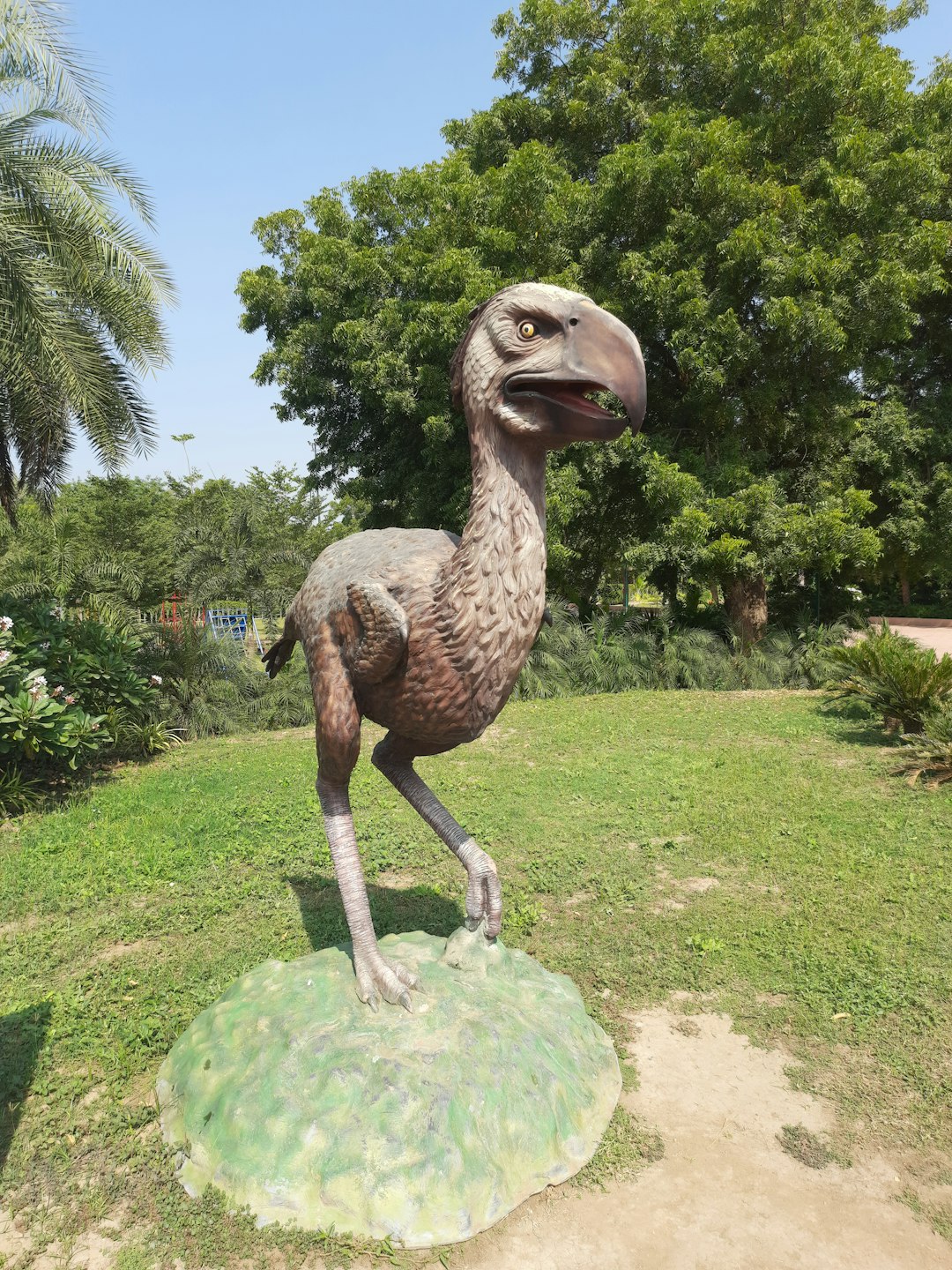
were actually feathered animals. Most notable, though, was their plumage. Researchers have long suspected that were feathered rather than covered with reptilian scales. In 2007, a study published in the journal Science found that a Velociraptor mongoliensis fossil had quill knobs – bumps along its forearm that anchor feather quills to the bone and are common in modern birds.
The real Velociraptor had feathers all over its body, and even wings on its arms, made up of quill pen feathers lined up along the arm and hand. It would not have looked like a green, scaly overgrown crocodile or lizard, but more like a ferocious bird, one with a long tail and a murderous toothy grin. Velociraptor almost certainly couldn’t fly, so its feathers and wings were used for other purposes – to keep its body warm, and as display structures to intimidate rivals or attract mates.
They Could Run Nearly As Fast As a Racehorse
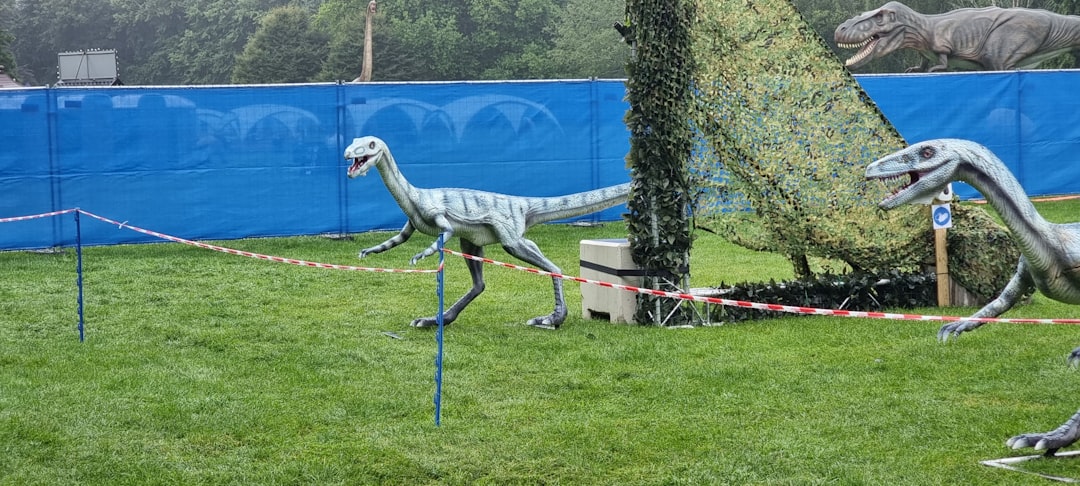
Based on a study that modelled the speed of various dinosaurs, I’d expect Velociraptor to be able to run at over 40 kilometres per hour, at least in short bursts – faster than the fastest human. It would have been quite fast by dinosaur standards – rather fortunate given its name means quick or swift – but not the fastest. Their muscular legs and long shins allowed them to take long strides and reach speeds estimated to hit 24 miles an hour.
You can get a rough idea of how suited an animal is to running by the relative length of its thigh and shin. A longer shin will increase your stride length, and you’ll be faster. Velociraptor had quite big legs for its size and they were quite muscular. Its agility was also helped by a long, stiff tail that helped steer at high speeds. The Velociraptor may have been able to run up to roughly 24 mph for short bursts.
Their Famous Sickle Claws Were Used for Gripping, Not Slashing
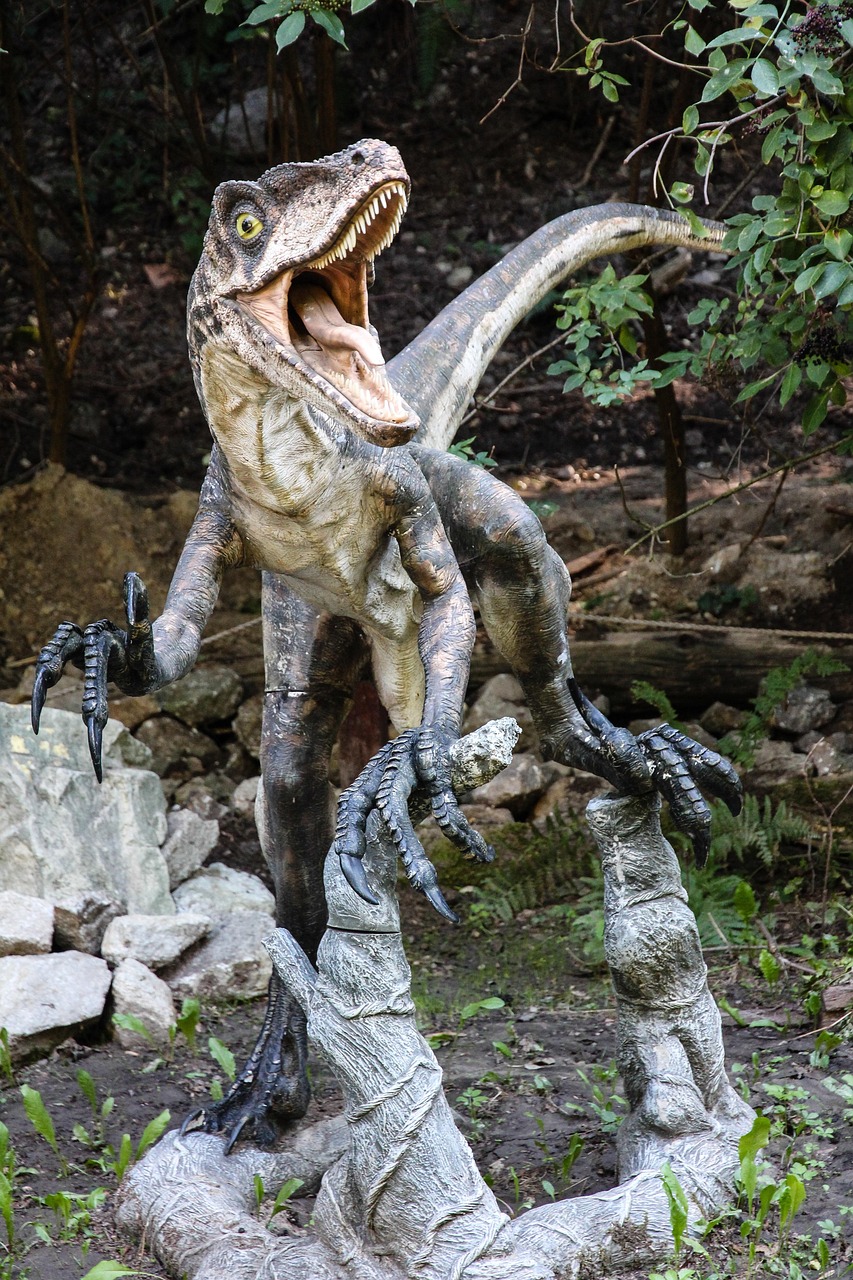
Instead, research suggests that the razor-sharp claw was used for stabbing, not slashing, and it was probably used as a hook to prevent prey from escaping. If you look at the claw it looks just like the talon of an eagle, which is used to grip prey and pin it down. Velociraptor probably used its sickle-shaped talon in the same way to injure, subdue and grip its prey, before dispatching it with its jaws.
In 2011, Denver Fowler and colleagues suggested a new method by which dromaeosaurs like Velociraptor and similar dromaeosaurs may have captured and restrained prey. This model, known as the “raptor prey restraint” (RPR) model of predation, proposes that dromaeosaurs killed their prey in a manner very similar to extant accipitrid birds of prey: by leaping onto their quarry, pinning it under their body weight, and gripping it tightly with the large, sickle-shaped claws. These researchers proposed that, like accipitrids, the dromaeosaur would then begin to feed on the animal while it was still alive, and prey death would eventually result from blood loss and organ failure.
They Had Hearing As Sharp As Modern Ravens
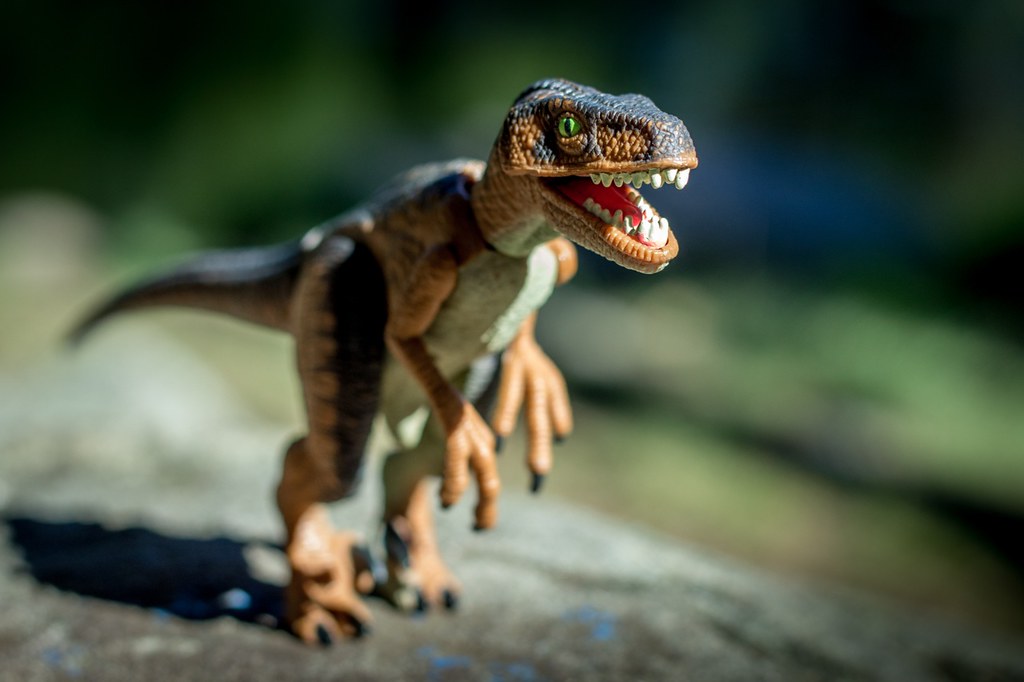
The inner ear also closely resembles that of flightless birds, and Velociraptor had a similar hearing ability to ravens. Our results indicate that V. mongoliensis could detect a wide and high range of sound frequencies (2,368–3,965 Hz), was agile, and could likely track prey items with ease. The inner ear also closely resembles that of flightless birds, and Velociraptor had a similar hearing ability to ravens.
While their acute vision set them apart as apex predators, also boasted remarkable hearing abilities, further enhancing their sensory arsenal. With large auditory regions in their brains, these dinosaurs had enhanced hearing, particularly sensitive to low-frequency sounds. This acute hearing likely facilitated efficient pack hunting, allowing them to communicate subtly and coordinate attacks. The bipeds had an excellent sense of smell, evidenced by the size and shape of the part of their skulls that held olfactory bulbs, the part of the brain that processes scent.
They Were Actually Quite Intelligent for Dinosaurs
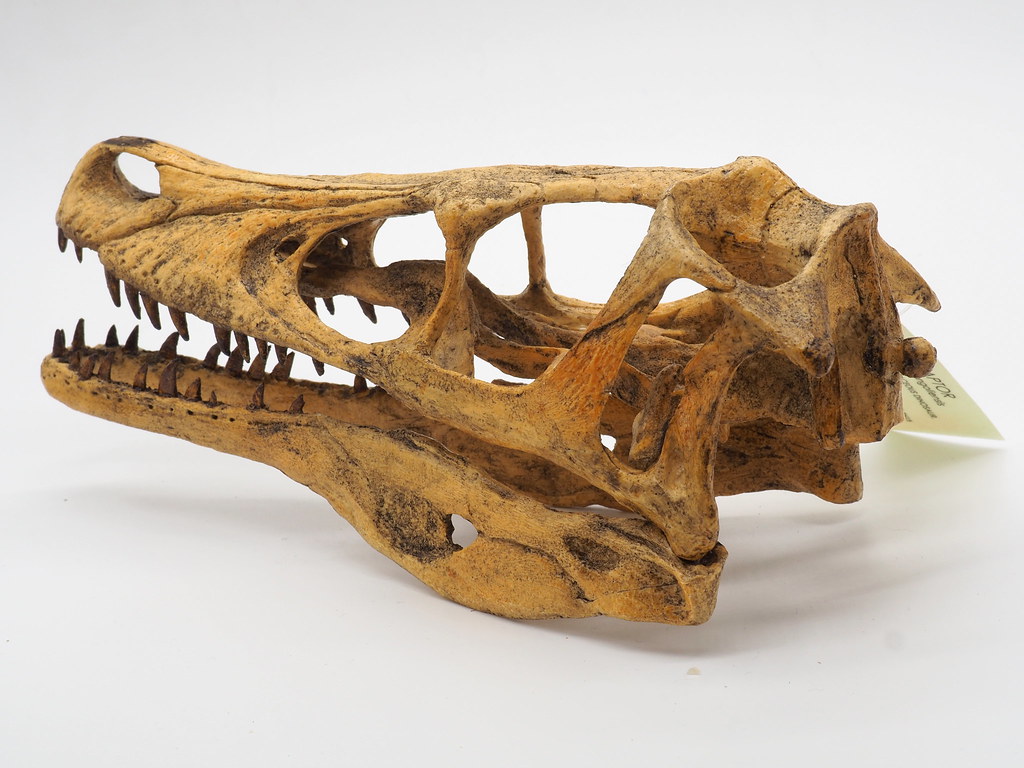
Experts think Velociraptor was probably one of the smarter dinosaurs because it has a large brain in proportion to its body size. Velociraptor also probably wasn’t as intelligent as popular culture has made it out to be. It’s true that this dinosaur had a large brain in proportion to its body, making it one of the more intelligent dinosaurs. But that’s a level of brainpower likely on par with average birds rather than the likes of chimps or parrots.
We can get a rough idea of the intelligence of an animal by the size of its brain relative to its body. We call this measure the encephalisation quotient. However, the size of Velociraptor’s brain in proportion to its body is relatively high compared to most reptiles, including most other dinosaurs, so it seems likely it was comparatively clever. Velociraptor was not smart like a chimp, or even a parrot or crow. But it was smart like an average bird – a hawk or something like that.
They Probably Hunted Alone, Not in Packs
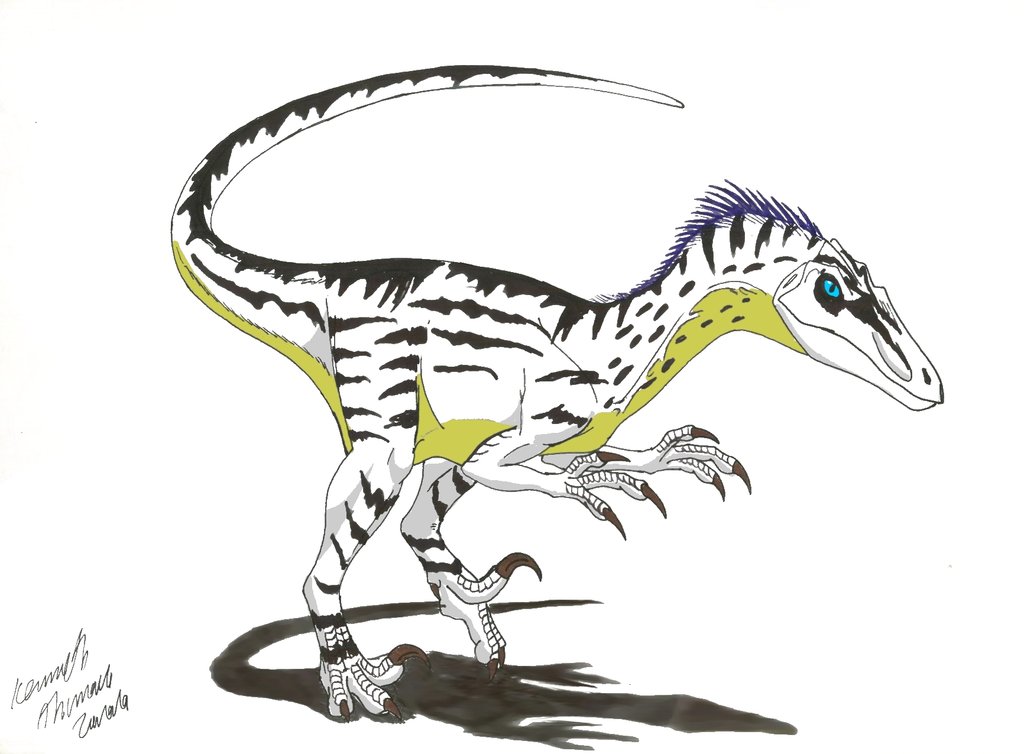
Weighing up to 100 pounds – about the size of a wolf – likely hunted solo as they roamed across central and eastern Asia in the late Cretaceous period. And they likely hunted solo – using their claws to clutch rather than slash prey – when they roamed central and eastern Asia between about 74 million and 70 million years ago, during the late Cretaceous period. In Jurassic Park, were depicted as pack hunters. But there’s little evidence that this was the case – in fact, quite the contrary.
Despite the common depiction of raptors as cooperative pack hunters, there’s very little evidence for such behaviour. The idea was based on the discovery of the remains of multiple Deinonychus individuals around a single Tenontosaurus, a much larger herbivore. But the predators could just as easily have been scavenging, or all the dinosaurs could have simply been swept up by water and buried together. Hardly the vicious pack hunters depicted in Jurassic Park, these waist-high, feathered animals were more similar to modern birds of prey.
The Famous “Fighting Dinosaurs” Fossil Tells an Epic Story
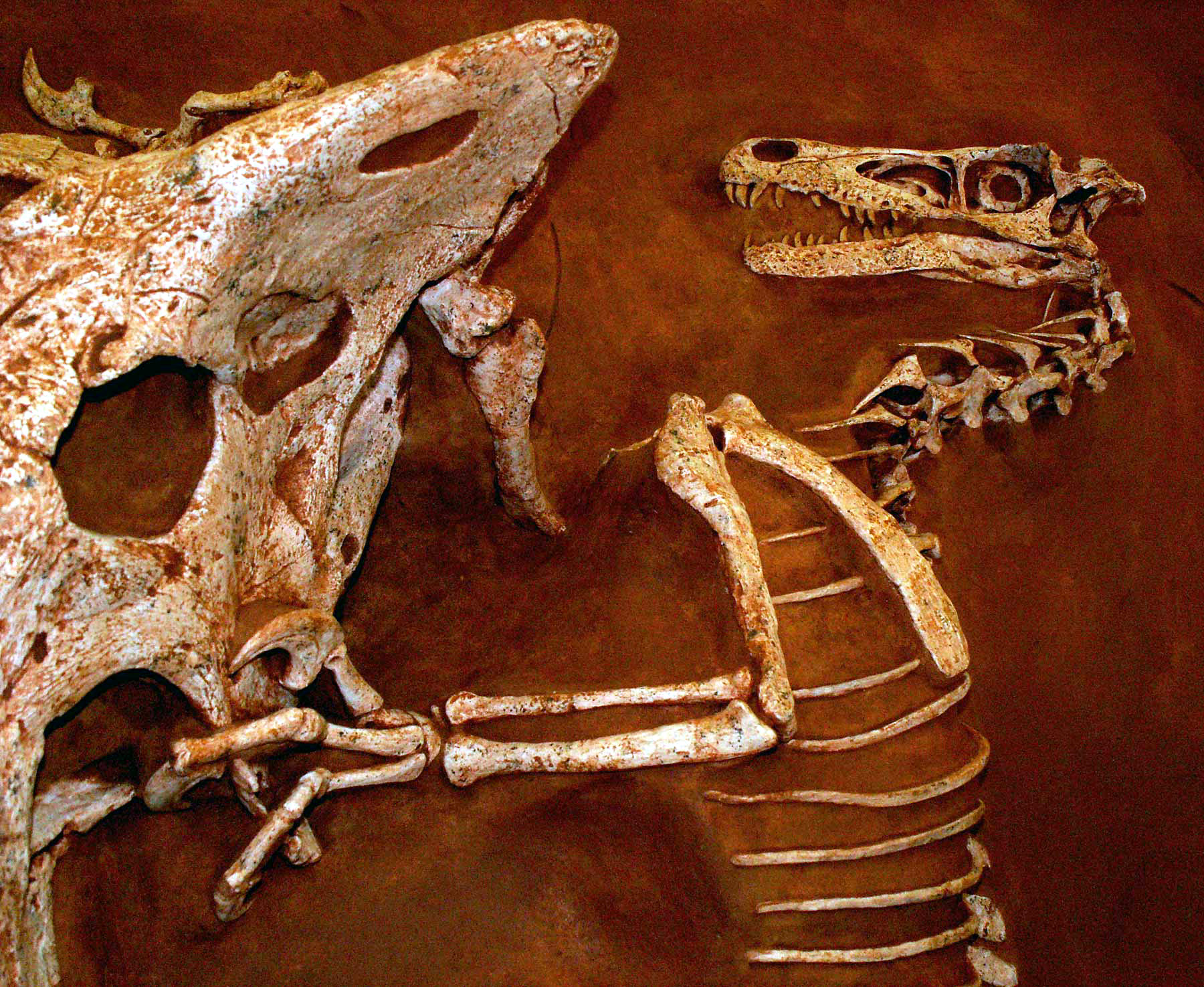
The most famous is part of the “Fighting Dinosaurs” specimen (MPC-D 100/25; formerly IGM, GIN, or GI SPS), discovered by a Polish-Mongolian team in 1971. The fossil preserves a Velociraptor in battle against a Protoceratops. Here, the Velociraptor has embedded its deadly foot claw into the neck of the crouching Protoceratops, near the region that housed the blood supply for the head. In turn, the Protoceratops appears to have bitten and broken the right arm of the Velociraptor, whose left hand grips the head of the Protoceratops.
However, as the animals were preserved in ancient sand dune deposits, it is now thought that the animals were buried in sand, either from a collapsing dune or in a sandstorm. Burial must have been extremely rapid, judging from the lifelike poses in which the animals were preserved. It is considered a national treasure of Mongolia, and in 2000 it was loaned to the American Museum of Natural History in New York City for a temporary exhibition.
They May Have Been Night Hunters
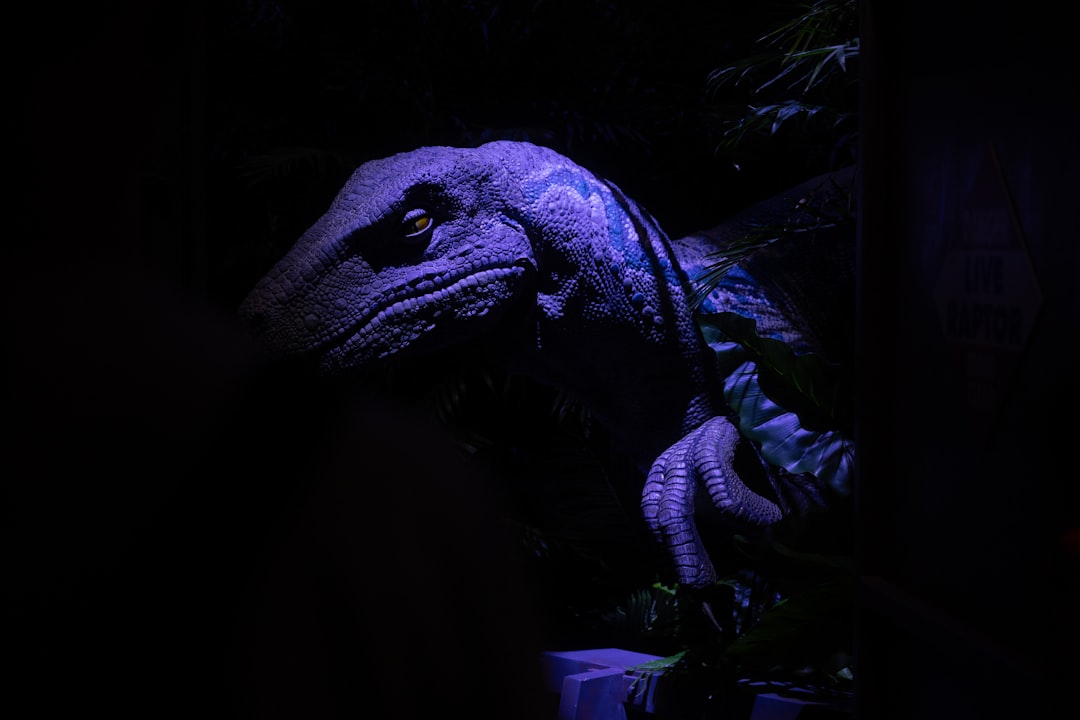
Comparisons between the scleral rings of Velociraptor, Protoceratops, and modern birds and reptiles indicates that Velociraptor may have been nocturnal, while Protoceratops may have been cathemeral, active throughout the day during short intervals, suggesting that the fight may have occurred at twilight or during low-light conditions. Based on the large sclerotic ring (a bone inside the eye) of Velociraptor, some scientists have suggested that this dinosaur was nocturnal.
The results indicated that Protoceratops was a cathemeral herbivore and Velociraptor primarily nocturnal, suggesting that the Fighting Dinosaurs deathmatch may have occurred at twilight or under low-light conditions. This nocturnal lifestyle would have given a significant hunting advantage over their daytime-active prey. Their excellent night vision, combined with their acute hearing, would have made them formidable predators in low-light conditions.
They Had Sixty Sharp, Serrated Teeth
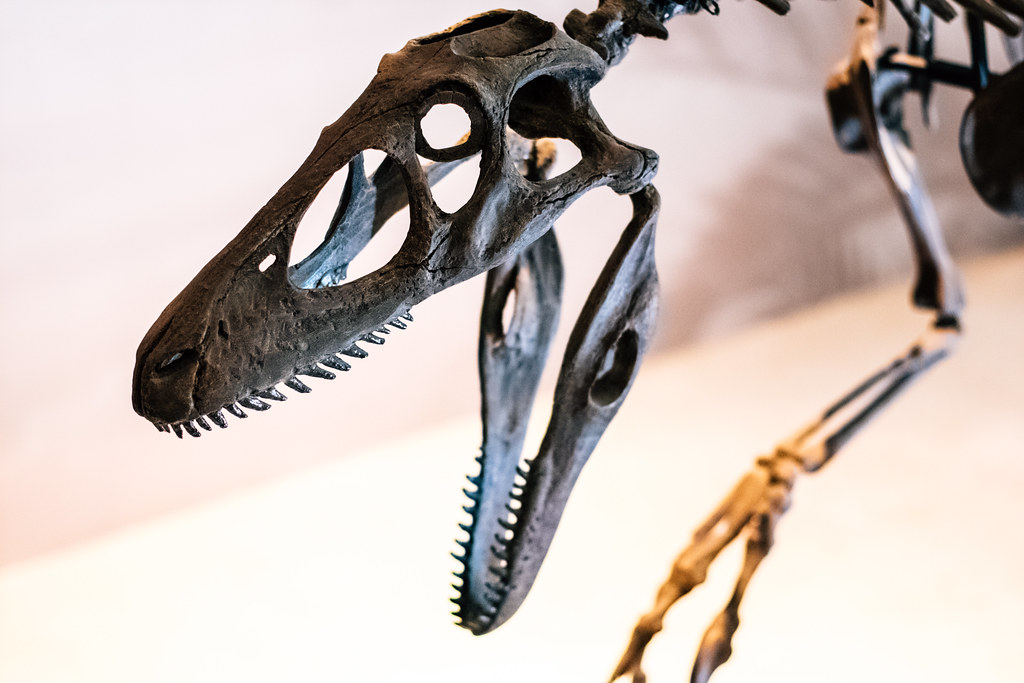
Then they feast using their approximately 26-30 serrated teeth. The teeth of Velociraptor were fairly homodont (equal in shape) and had several denticles (serrations), each more strongly serrated on the back edge than the front. Like lizards and crocodiles alive today, Velociraptor’s teeth were replaced throughout its life, ensuring they stayed sharp. Its teeth curved backwards – useful for gripping prey to prevent it from escaping from its mouth.
The premaxilla had 4 alveoli (meaning that 4 teeth were developed), and the maxilla had 11 alveoli. At the dentary, between 14–15 alveoli were present. These serrated, curved teeth were perfectly designed for slicing through flesh and maintaining a firm grip on struggling prey. The constant replacement ensured these predators always had sharp weapons at their disposal.
Their Name Means “Swift Thief” in Latin
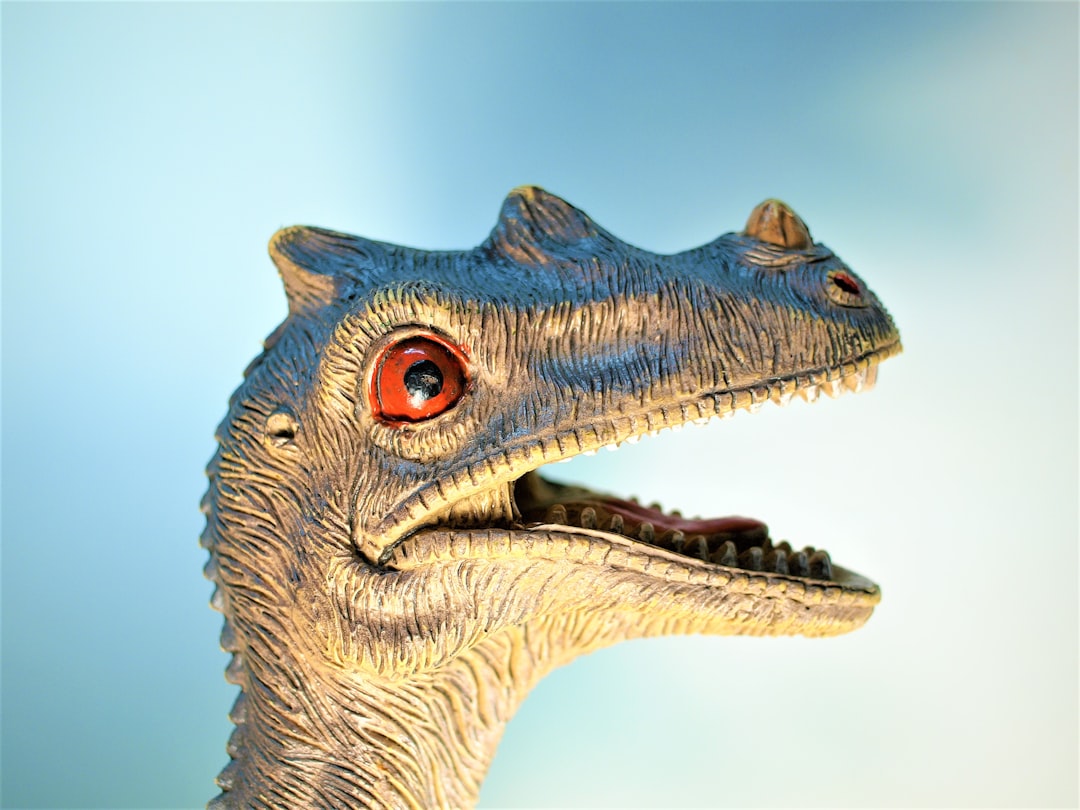
In 1924, Henry Fairfield Osborn, then-president of the American Museum of Natural History, named Velociraptor. He bestowed the name on this dinosaur, which is derived from the Latin words “velox” (swift) and “raptor” (robber or plunderer), as an apt description of its agility and carnivorous diet. Velociraptor (/vəˌlɒsɪˈræptər, vəˈlɒsɪræptər/; lit. ‘swift thief’) is a genus of small dromaeosaurid dinosaurs that lived in Asia during the Late Cretaceous epoch, about 75 million to 71 million years ago (Mya).
Given a Latin name that means “quick plunderer,” clearly were thought to have been effective hunters. This name perfectly captured the essence of these agile predators. Their speed and cunning hunting abilities made them efficient “thieves” of life in their ancient ecosystems, snatching prey with lightning-quick attacks.
They Could Jump Up to Ten Feet High
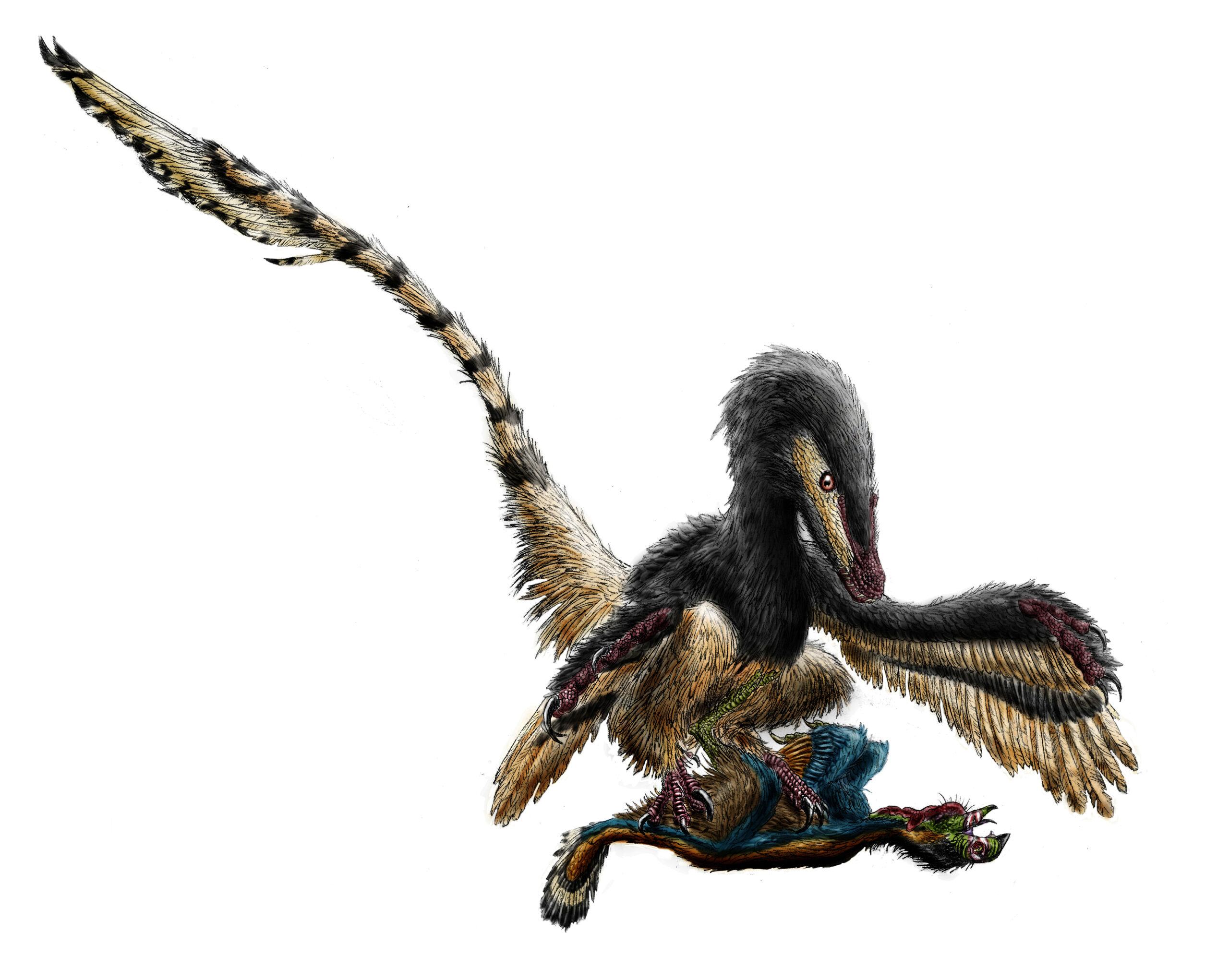
Scientists believe that were able to jump up to 3 meters in height (10 feet). This incredible jumping ability would have been crucial for their hunting strategy, allowing them to leap onto larger prey or escape from dangerous situations. Their powerful hind legs, combined with their lightweight build, made these impressive vertical leaps possible.
Think about that for a moment – a turkey-sized dinosaur that could bound ten feet into the air. This jumping prowess would have given them access to prey in trees or elevated positions that ground-bound predators couldn’t reach. Their long, stiff tails acted as perfect counterbalances during these aerial maneuvers, helping them land gracefully and maintain their footing.
They Sometimes Ate Flying Reptiles Called Pterosaurs
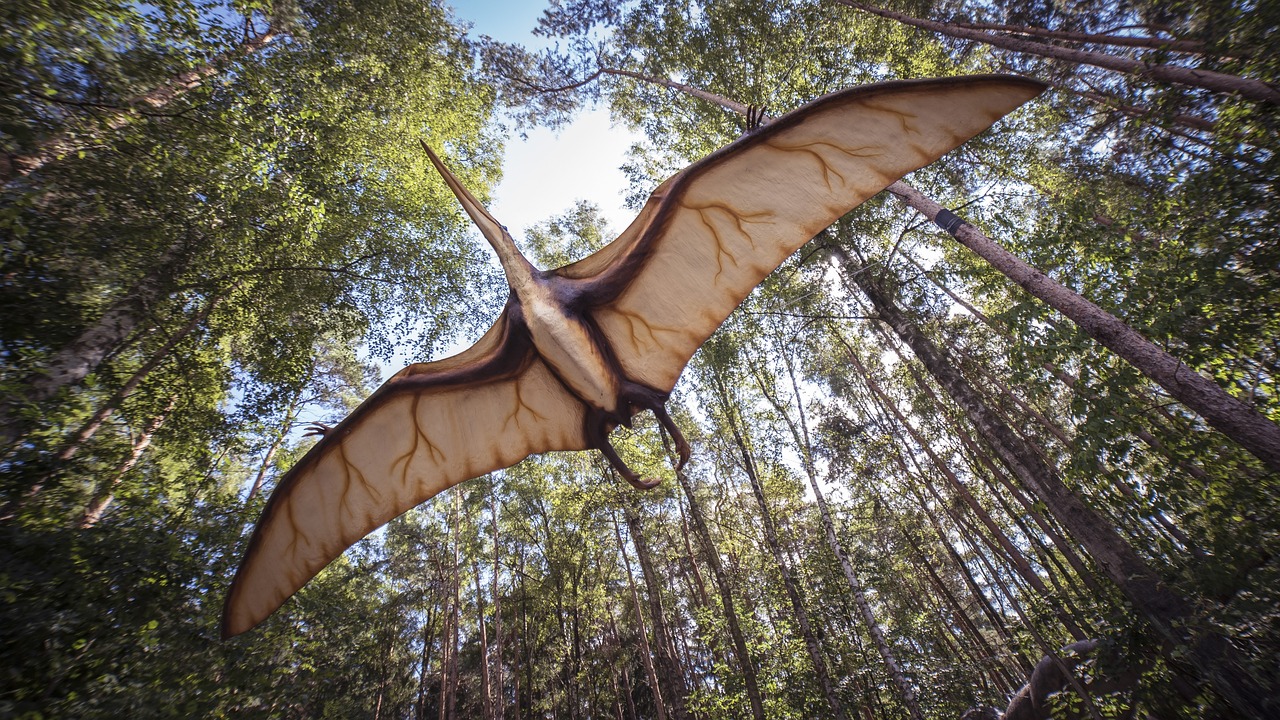
In 2012, Hone and his colleagues also discovered that sometimes ate pterosaurs, when the team found a large pterosaur bone in the guts of a Velociraptor. The pterosaur had a wingspan of about 6.5 feet (2 m) and may have been a formable foe even if it were sick and injured, suggesting the Velociraptor most likely scavenged the pterosaur bone, Hone said. Another special fossil has preserved part of a Velociraptor’s meal inside its body: a broken bone belonging to a pterosaur. Scientists estimate that the flying reptile would have had a wingspan around three metres wide – larger than the relatively small Velociraptor that ate it.
This discovery shows that were opportunistic feeders, willing to take on prey much larger than themselves when the situation was right. Whether they actively hunted these winged giants or simply scavenged their remains, it demonstrates their adaptable nature. The fact that they could digest such large bones also hints at their powerful digestive systems.
They Lived in One of Earth’s Harshest Desert Environments

Velociraptor lived in what’s now called the Gobi Desert in Mongolia – it’s one of the few places on Earth that has nearly the same habitat now as it did during the time of the dinosaurs. Velociraptor fossils have been found in the Gobi Desert, which covers southern Mongolia and parts of northern China. Velociraptor mongoliensis have only been discovered in the Djadochta (Djadokhta) Formation, which is in the Mongolian province of Ömnögovi.
Like the “Fighting Dinosaurs,” other Velociraptor fossils were found in arid sand dune environments. Living in such harsh conditions would have required incredible adaptability. These dinosaurs had to survive extreme temperature fluctuations, sandstorms, and limited water sources. Their feathers likely played a crucial role in temperature regulation, helping them stay warm during cold desert nights and cool during scorching days.
They Were Closely Related to Modern Birds
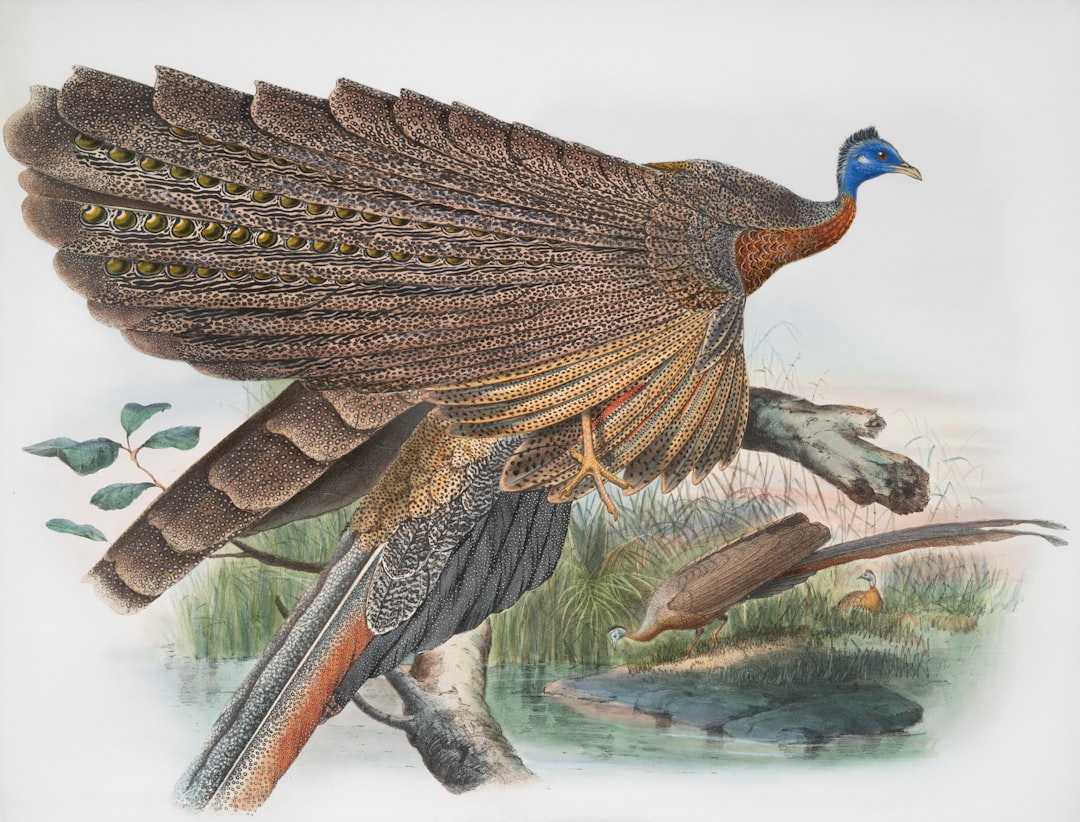
There’s strong consensus among scientists that today’s birds are actually dinosaurs, and that they evolved from theropods, a family of three-toed predators that included Velociraptor mongoliensis and Tyrannosaurus rex. This family connection explains why had many traits found in modern-day birds, including their hinged ankles, swivel-jointed wrists, wishbones, and forward-facing toes. Also like birds, Velociraptor had hollow bones and tended nests of eggs.
Velociraptor is one of the most bird-like dinosaurs ever discovered. A special bone in its wrist allowed it to swivel its wrist sideways in a flapping motion and to fold its arm against its body like a bird. This motion allowed it to snap its arms forward to grab fleeing prey and is an important part of the flight stroke in modern birds. This evolutionary connection makes essentially the direct ancestors of creatures we see flying around today.
Conclusion
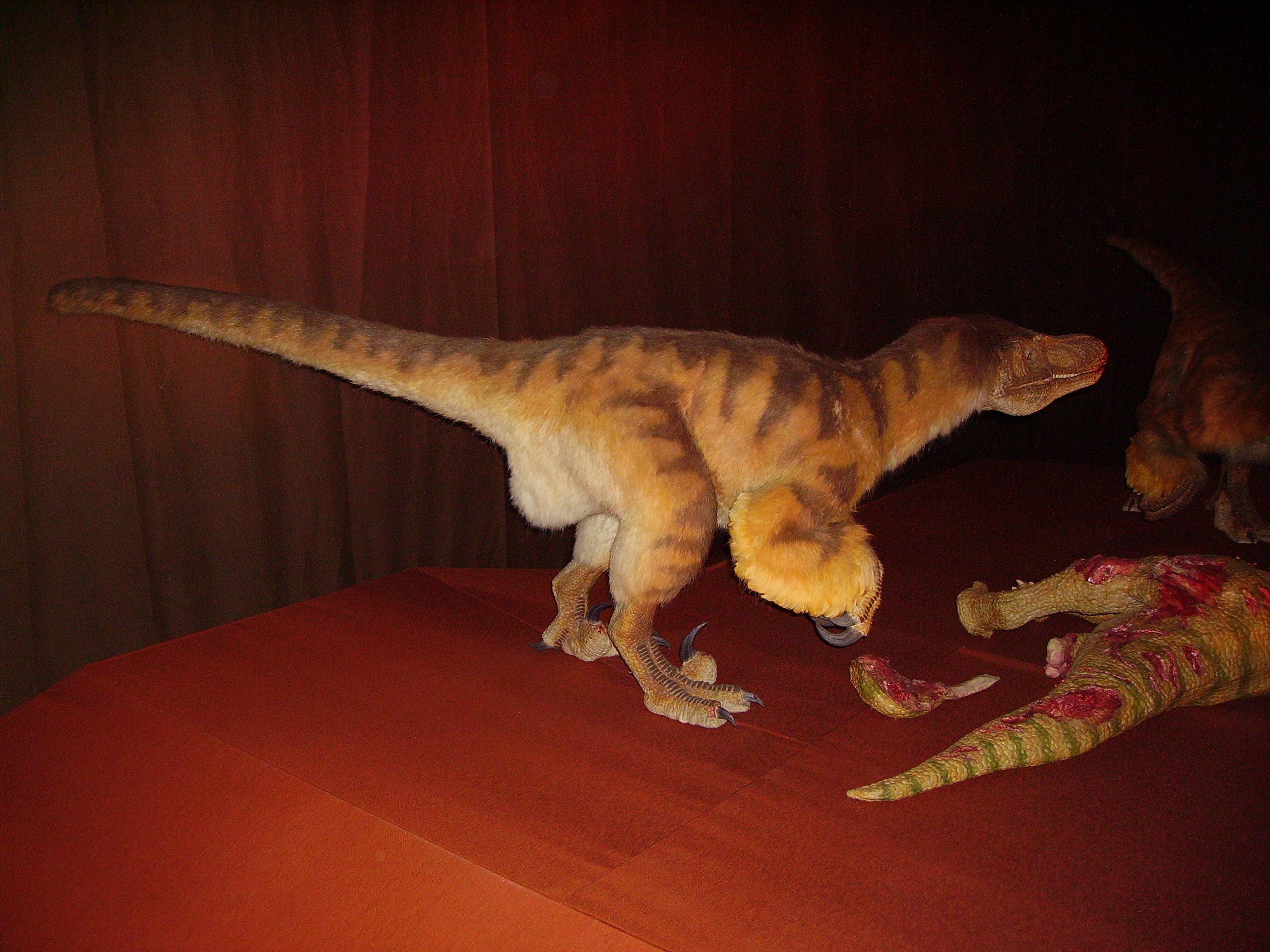
These remarkable predators were so much more fascinating than any Hollywood interpretation could capture. From their turkey-sized, feathered bodies to their razor-sharp intelligence and incredible jumping abilities, represent one of evolution’s most successful experiments in creating the perfect small predator.
The next time you see a crow solving a puzzle or watch a hawk swoop down on its prey, remember that you’re witnessing the legacy of Velociraptor in action. These ancient “swift thieves” didn’t just rule their desert world seventy-five million years ago – they literally evolved into the birds soaring above us today.
What do you think would surprise people most about these real-life raptors compared to their movie versions?

